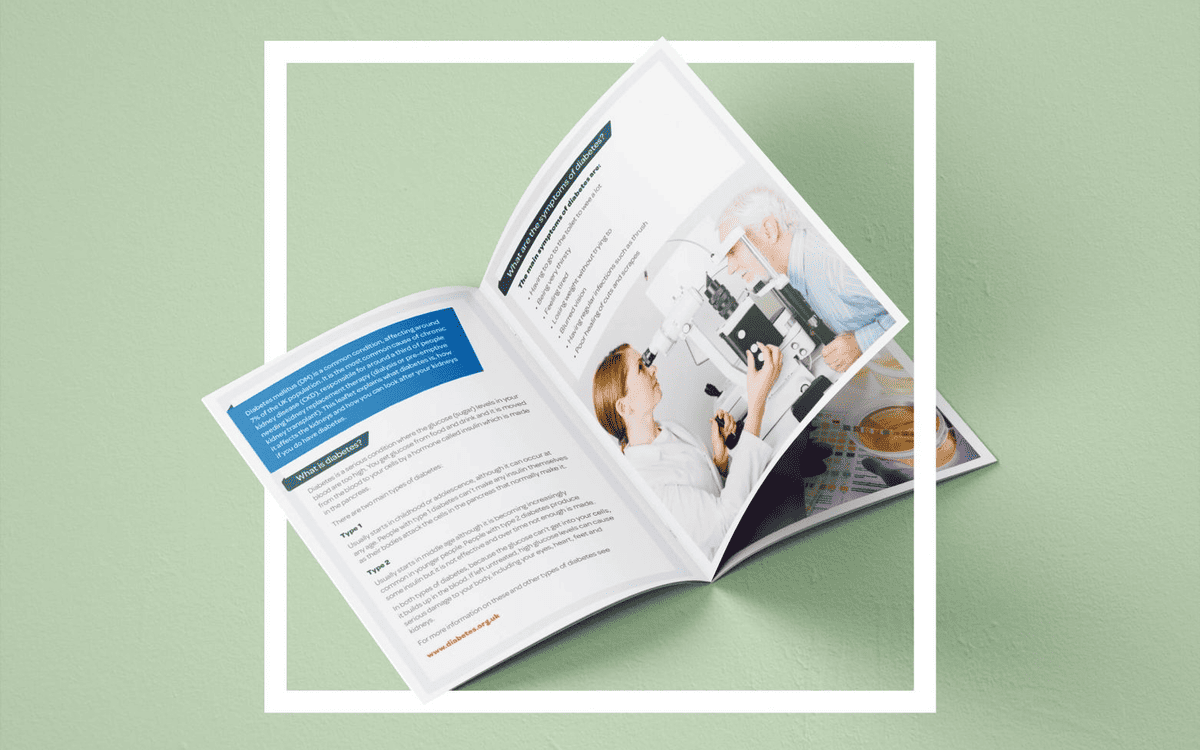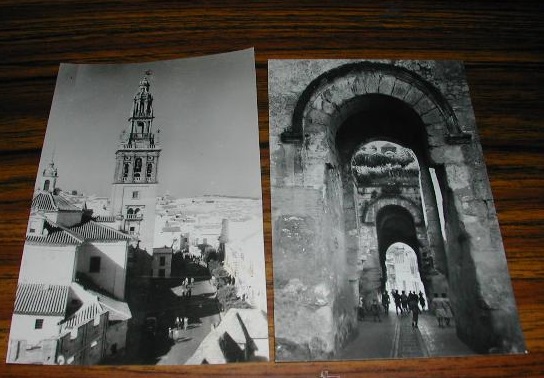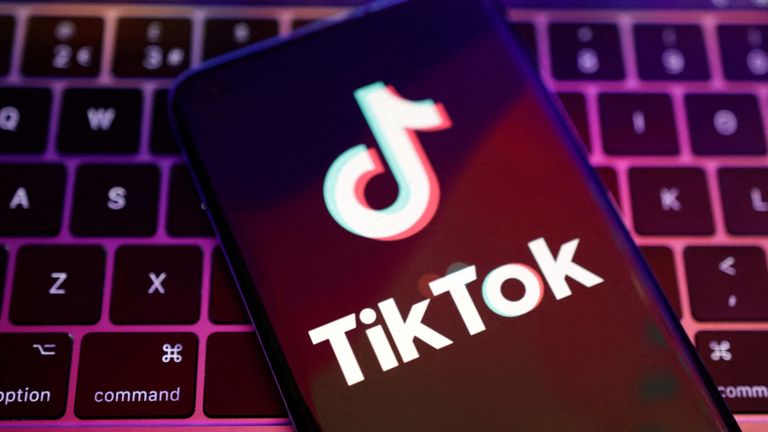With regards to making booklets, choosing the right paper stock is an essential choice. Paper not just influences the look and feel of your booklet, yet additionally impacts how your substance is seen by the peruser. With such countless choices accessible, picking the right paper stock can be an overwhelming errand. To demystify the cycle and guarantee your booklets establish the best connection, this guide talks about various sorts of paper, their attributes, and the elements to consider while choosing paper for your task.
Understanding Paper Weight and Thickness
Before you adventure into paper types, it’s fundamental to comprehend the two essential estimations of paper stock: weight and thickness.
Paper Weight
Paper weight, frequently signified as ‘lbs’ on paper bundling, is the proportion of how much 500 pieces of paper of a given size gauge. It’s critical to take note of that the weight can differ in view of the paper size. For instance, 500 sheets of letter-size paper will weigh uniquely in contrast to 500 sheets of newspaper size paper, regardless of whether it’s a similar kind and thickness of paper.
Paper Thickness
Paper thickness is frequently alluded to by its caliper or point size. The caliper estimation demonstrates the paper’s thickness communicated in thousandths of an inch. The point size is a more normal reference and is comparable to one-thousandth of an inch (0.001″).
Understanding these estimations will assist you with interpretting a paper’s actual qualities, however the ideal decision at last relies upon your booklet’s objectives.
Types of Booklets and Their Ideal Paper Stocks
Corporate Brochures
While making corporate handouts, it’s not unexpected to pick a heavier paper stock to convey a feeling of value and sturdiness. A 80-100lb covered stock with a shiny completion can add an expert touch. It’s critical to pick a paper that can endure continuous taking care of without looking worn.
Product Catalogs
Inventories frequently act as the primary association point between a client and an item. A 70-80lb matte covered stock can be great, giving a plush completion that is charming to the touch but on the other hand is not difficult to peruse with insignificant glare.
Event Programs
For occasion programs that are often alluded to and loved as mementos, a mid-weight stock like a 60-80lb uncoated or softly covered paper can be adequate. This kind of paper can likewise be scored and collapsed effectively, empowering a fresh expert care for printing.
Educational Booklets
Educational booklets that serve as study guides or workbooks could benefit from a higher weight paper, around 100lb or more, to handle additional notes and rough usage. A smooth, uncoated stock would work best for writing.
Newsletters
Newsletter booklets are often distributed frequently, so a paper around 60-80lb makes for easier handling and cost-effective mailing. It can be textured or uncoated, depending on the desired aesthetic and the availability of color within the design.
Understanding Coating Options
Gloss
Gloss coatings provide a shiny and reflective surface to your booklet. They can help colors pop and provide a more polished look. However, gloss coatings can produce glare, which might make the booklet difficult to read under certain lighting conditions.
Matte
Matte coatings offer a non-intelligent, level completion that is more straightforward to peruse and evades glare issues. This kind of covering gives the impression of a more curbed and proficient tasteful, which can be great for corporate booklets.
Uncoated
Uncoated paper feels more regular and is simpler to compose on contrasted with covered stocks. Uncoated is much of the time the decision for booklets that will be utilized for instructive purposes or those that require successive documentations or changes.
Satin
Glossy silk coatings give a decent sheen and smooth surface, which can make pictures look sharp. Silk is less inclined to showing finger impression marks contrasted with sparkle coatings, while as yet giving an expert clean.
Environmental Considerations and Specialty Papers
A growing trend is the use of environmentally friendly paper stocks, which come in several varieties:
Recycled Paper
Reused paper can comprise of 100 percent post-customer squander, meaning it’s made completely from paper that has been utilized and would have in any case been landfill material. It offers an amazing choice for associations hoping to lessen their ecological effect.
Tree-Free Paper
Sans tree paper is produced using regular filaments like cotton, hemp, or bamboo, which don’t need deforestation. These choices give a tough and unmistakable feel.
Specialty Finishes
Specialty completes like metallic papers or those with inserted surfaces can add a remarkable and significant touch to booklets intended for unique occasions or promoting efforts. While they can be more costly and may have limits in printing strategies, the additional material and visual interest can be worth the effort in the right setting.
The Role of Color and Ink Types
The variety and ink type utilized for your booklet additionally impact the paper you pick. For full-variety printing with a great deal of pictures, a covered stock can upgrade the liveliness of the tones and the sharpness of the pictures. Covered stocks are particularly suggested for four-variety process (CMYK) printing as they can hold ink better and produce a smoother, more reliable picture.
Alternately, uncoated stocks are more qualified for plans with enormous blocks of text or components that require composing. They additionally coordinate well with strong tones or basic plans.
Budget Considerations
Gauging the nature of paper against your budget is significant. Be that as it may, deciding on the most affordable choice isn’t generally the most financially savvy arrangement over the long haul. Picking a better paper can prompt a more upscale show and can likewise influence how well your booklet stands up over the long haul.
Testing and Prototyping
Prior to pursuing your ultimate conclusion, consider doing a test print or finish a model on a few sorts of paper to perceive how the plan and content interpret. Now and again, the vibe in your client’s hands will pursue the choice for you.
All in all, the ideal paper for your booklets is one that supplements its substance and configuration, meets your spending plan, and satisfies any unique useful prerequisites you might have. By understanding the different paper choices accessible and taking into account the elements framed in this aide, you can be positive about picking a stock that improves your booklet and makes it a champion among your perusers.




